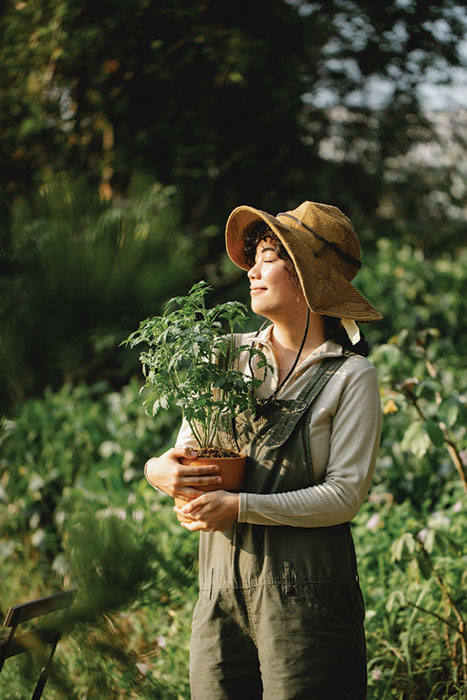It’s an exciting time for us garden lovers! April is the optimal month to plant warm season bedding plants, whether vegetables or ornamentals. Some varieties do better in our area than others. Remember that just because they’re available locally doesn’t necessarily mean they will thrive in our summer heat. Always consult the Mississippi State University Extension Service for recommendations.
Here’s what to plant:
Perennials and bulbs: caladium, canna, clivia, crinum, crocosmia, ferns, gaillardia, gladiolus, gloriosa lily, hardy gloxinia, hosta, justicia, lantana, rain lily and rudbeckia
Annuals: amaranth, begonia, celosia, cleome, coleus, dusty miller, impatiens, lobelia, marigold, nicotiana pentas, phlox, portulaca, Queen Anne’s lace, sylvia, sunflower, sweet alyssum, torenia, verbena, vinca and zinnia
Vegetables: bean, cucumber, eggplant, melon, okra, peas, pepper, potato, pumpkin, squash, sweet corn, sweet potato and tomato
VEGETABLES LOVE FLOWERS
I’ve recently read a gardening book titled “Vegetables Love Flowers” by Lisa Mason Ziegler, which touts the benefits of growing flowers within a vegetable garden. These benefits include: increasing pollinators that will help pollinate vegetable crops, hosting “good” (i.e. beneficial) insects that will reduce “bad,” or harmful, bug populations, beautifying the garden areas and providing cut flowers throughout the growing season.
Various propagation and growing methods are covered, including starting seeds indoors before planting can be done safely outside; direct sowing; using row covers to prevent harsh elements and animals from damaging newly sown plants; mulching to achieve moisture retention; weed control and soil enhancements.
There are many articles, books and magazines that cover the benefits of growing flowers among vegetables. Let me encourage you to consider this centuries-old technique to enhance your garden this season.
MATRIX PLANTING
Speaking of flowers, insects and creatures, I’ve always encouraged establishing or leaving wild areas of native plants in your garden. The beneficial pollinator population has been decimated in past decades by overuse of herbicides and insecticides and loss of native habitats by encroaching cities and subdivisions.
If you’re interested in helping pollinators and wildlife survive, please consider “matrix” planting. It’s a garden design strategy that taps into the power of natural plant communities to create beauty and reduce maintenance. Not every homeowner association will embrace this practice, as it can look unkept. A matrix planting can be more attractive and more easily accepted by employing one or more of these techniques:
Have tidy edges:
Encircle native plantings with a low evergreen border, fence, wall or paving. The more “frames” it has, the more exuberant your native area can be.
Label it:
Add a sign stating your intent. A sign indicating the purpose tends to reduce complaints. The signage might say, “native plant garden,” “pollinator garden” or “feeding the bees.”
Repeat plants:
Include multiples of several plants, which might include repeating colors, textures or groupings.
Happy gardening!



